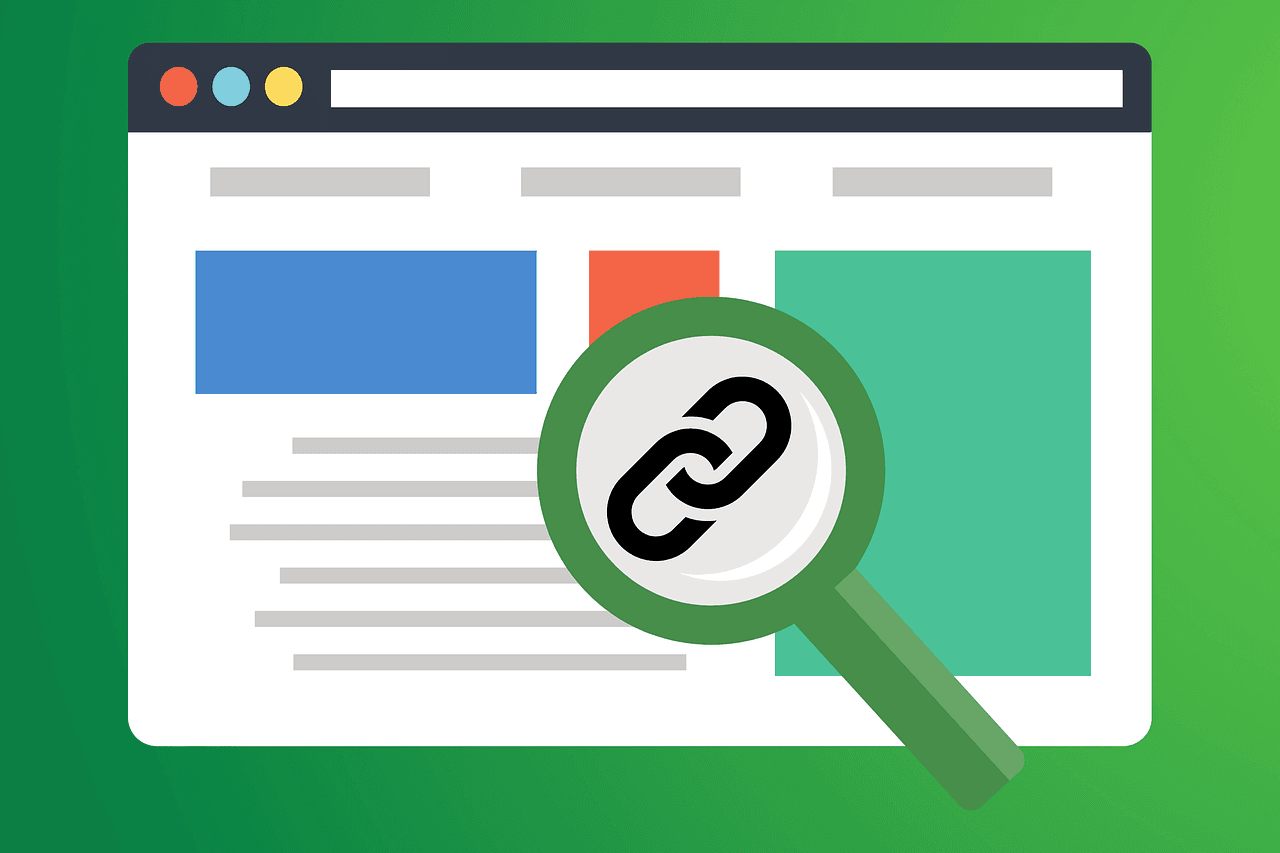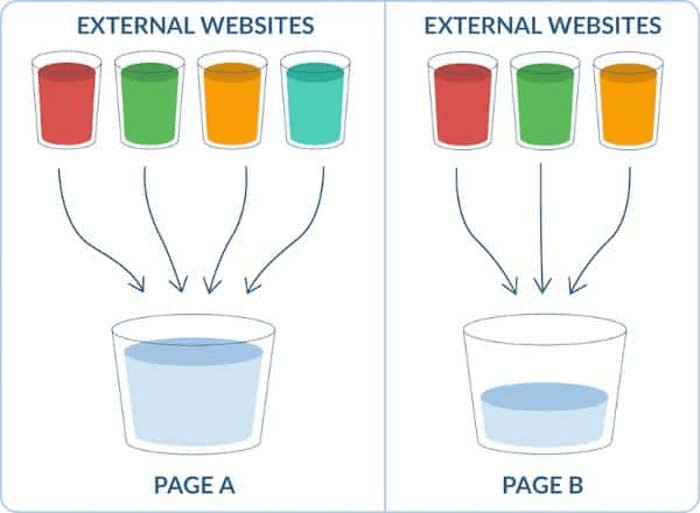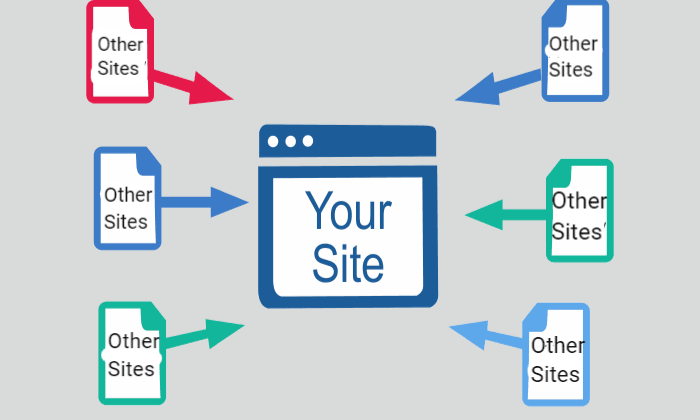SEO keyword mapping is the process of aligning target keywords with the right pages on your website to improve rankings, avoid keyword cannibalization, and enhance user experience. At Keyword Metrics, we break down this essential SEO practice into actionable steps for your success.
What is SEO Keyword Mapping?
SEO keyword mapping is an essential part of search engine optimization (SEO) that helps connect the right keywords with the right pages on your website. This process involves assigning specific target keywords to each page to ensure that your content is optimized for search engines, improving your chances of ranking higher in search results.
For example, if you have a website selling shoes, you might create separate pages for different types of shoes, such as running shoes, boots, and sandals. Each page should target specific keywords related to those shoe types. The goal is to organize your keywords in a way that makes it easy for search engines to understand what each page is about.
How to do SEO Keyword Mapping
- Identify Target Keywords: Start by researching keywords related to your industry, product, or service. Tools like Google Keyword Planner or Ahrefs can help you find relevant search terms.
- Categorize Keywords: Group your keywords into categories based on search intent (e.g., informational, transactional, or navigational).
- Assign Keywords to Pages: Match each category of keywords with the most relevant page on your site. For example, assign “best running shoes” to your product page for running shoes.
- Create and Optimize Content: Update or create new content around the assigned keywords. Make sure the content answers the search intent behind those keywords.
- Monitor and Adjust: SEO is ongoing, so regularly review your keyword performance and make adjustments as necessary.
Importance of Keyword Mapping in SEO
Keyword mapping is crucial for several reasons:
Improves Search Engine Understanding
By assigning specific keywords to pages, you help search engines like Google understand what your page is about. This makes it more likely for your page to appear in search results for relevant queries.
Prevents Keyword Cannibalization
Without keyword mapping, you might accidentally target the same keyword on multiple pages. This can confuse search engines and dilute your ranking potential. Keyword mapping helps avoid this issue by ensuring each page targets distinct keywords.
Enhances User Experience
When your pages are optimized for specific keywords, the content is more likely to match what users are searching for, which improves the chances of a user clicking through and engaging with your site.
Boosts Conversion Rates
Targeting keywords that align with user intent can lead to higher conversion rates. For example, if a page targets transactional keywords (e.g., “buy shoes online”), it will attract users who are ready to make a purchase.
Tools for SEO Keyword Mapping
These tools can save you time, provide deeper insights, and help you identify the best opportunities to improve your rankings.
Keyword Metrics
Keyword Metrics simplifies SEO keyword mapping by automating the process of discovering and optimizing keywords. The platform scans your website's pages to identify keywords you're already ranking for but aren't fully targeting, helping you map the right keywords to the right pages.

Google Search Console
Google Search Console is a free tool provided by Google to help monitor and maintain your site's presence in search results. It offers valuable insights into which keywords your pages are ranking for, their average position, and click-through rates (CTR). By analyzing this data, you can identify potential gaps in your keyword strategy, ensuring that your pages are targeting the most relevant keywords.
Ahrefs
Ahrefs is a popular SEO tool known for its backlink analysis and keyword research capabilities. The Keywords Explorer tool within Ahrefs allows you to uncover a broad range of keyword opportunities and effectively map them to the appropriate pages on your site. You can track keyword rankings, explore content gaps, and identify keyword clusters that should be associated with specific pages.
Pro Tips for Using SEO Keyword Mapping Effectively
Use Long-Tail Keywords
Long-tail keywords (longer, more specific search phrases) tend to have lower competition and higher conversion rates. For example, instead of targeting just “shoes,” aim for “best running shoes for flat feet.” These keywords often have clearer intent and are easier to rank for.
Focus on User Intent
Make sure the keywords you map to each page align with the user’s search intent. Are they looking for information? Are they ready to make a purchase? Mapping keywords to the right pages based on this intent will make your content more relevant and useful.
Monitor Your Rankings
SEO is an ongoing process, and keyword mapping should be updated based on performance. Tools like Google Search Console and SEMrush can help track how well your pages are ranking for your target keywords. If some keywords are underperforming, consider adjusting the content or targeting a different keyword.
Avoid Keyword Stuffing
While it’s important to include your target keywords on each page, it’s also essential to avoid overusing them. Keyword stuffing can hurt your rankings and make the content feel unnatural. Focus on creating valuable, well-rounded content that incorporates keywords naturally.
Prioritize High-Value Keywords
Not all keywords are equal. Some have higher search volume or are more relevant to your business. Focus on mapping high-value keywords that will attract the right kind of traffic to your site.
Example Use Case of SEO Keyword Mapping
Let’s look at a hypothetical case study of a small online bakery selling cakes:
- Target Keywords:
- “birthday cakes”
- “wedding cakes”
- “custom cakes near me”
- Keyword Mapping:
- The “birthday cakes” keyword could be assigned to a product page showcasing birthday cakes.
- The “wedding cakes” keyword would be assigned to a page detailing the different wedding cake options.
- The “custom cakes near me” keyword might be targeted on a local page with information about custom cakes and delivery.
By targeting specific keywords for each page, this bakery can ensure they are ranking for relevant search terms and reaching potential customers who are looking for exactly what they offer.
FAQs about SEO Keyword Mapping
Q: What is the difference between SEO keyword mapping and keyword research?
A: SEO keyword mapping involves assigning identified keywords to specific pages on your website, while keyword research is the process of discovering which keywords to target in the first place.
Q: Can I map multiple keywords to a single page?
A: Yes, you can map multiple keywords to a single page, but ensure that the keywords are relevant to the page's content. Use variations and long-tail keywords to avoid keyword cannibalization and diversify your targeting.
Q: How often should I update my keyword mapping strategy?
A: It’s best to review and update your keyword mapping strategy regularly, ideally every few months. Updates should also be made when there are changes in search trends, competition, or your website’s content.
Related Glossary Terms to Explore
- Keyword Research: Learn how to identify the best keywords for your website.
- Search Engine Optimization: Understand the broader concept of SEO and how it ties in with keyword mapping.


